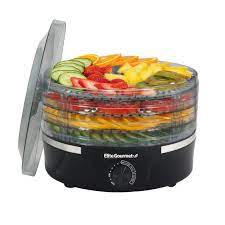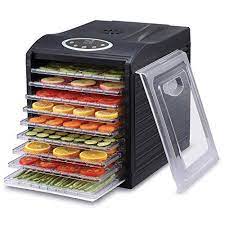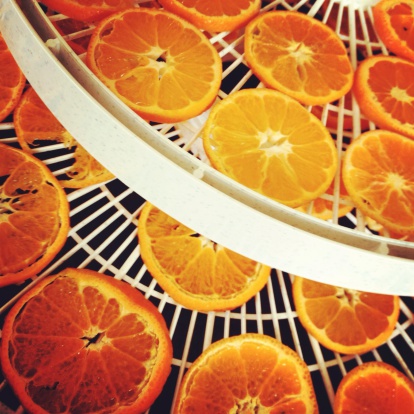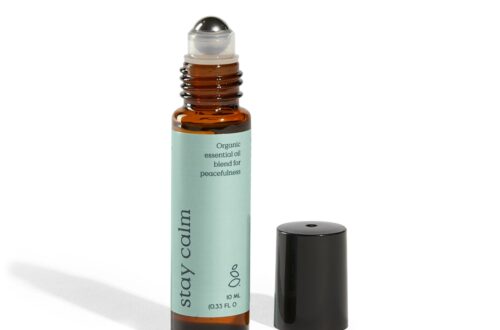Food hydration can change your life…
In a world of packaged and chemically altered food there are many remarkable reasons why you should add dehydrated food to your diet. A food dehydrator is a device that removes moisture from food to aid in its preservation.

Some foods that can be dehydrated include:
- Dried fruit snacks or chips from apples, bananas, oranges, pears, prunes, or lemons
- Veggie chips from zucchini, kale, carrots, green beans, or sweet potatoes
- Vegan jerky
- Sun-dried (dehydrated) tomatoes
- Granola and crispy nuts and seeds
- Raw crackers or breads
- Full meals that can be rehydrated later
- Dried herbs and flowers (for herbal teas & potpourri)
- Dog treats
Benefits of Dehydrated Foods
Food dehydrators retain the original vitamins, minerals and natural enzymes of foods far better than other forms of food preservation or cooking. In fact, a 2005 study in the Journal of the American College of Nutrition showed that dried fruits like dried cranberries, grapes, and plums had twice the amount of antioxidants as their fresh versions.
Additionally, since healthy foods aren’t available year-round dehydrated food is a great way to maintain variety while eating healthy throughout the year. So you can stock up before foods go out of season and dehydrate it.
Next, how many times have you discarded fruits and vegetables because you neglected to use them before they expired? Not to worry. You can reduce waste by dehydrating uneaten food before it spoils and eat it at your leisure.

Besides that, removing the food’s moisture inhibits the growth of bacteria giving you a selection of more healthy foods for a longer period of time without the worry of spoilage. According to the Energise for Life website, “The dehydration process retains almost 100% of the nutritional content of the food, retains the alkalinity of fresh produce and actually inhibits the growth of microforms such as bacteria.” Also, according to the Department of Nutrition, Dietetics and Food Science at Brigham Young University, properly dehydrated and stored vegetables, fruits, and pastas have a shelf life of up to 30 years!
Other key benefits of dehydrating food are access to grab-and-go snacks and emergency preparedness. Dehydrated food is a less perishable, well preserved food supply that is invaluable for emergency preparedness.
How To Choose A Dehydrator
When purchasing a dehydrator there are a few key things to look for. First, look for a heating element and a fan for even airflow across the trays. Also, adjustable thermostats are one of the most essential features to look for when purchasing a dehydrator. It’s important to have a thermostat that can accommodate a temperature range of 95 to 155 degrees F. Auto shut-off is another key feature. It allows you to start the process and not stress about being there to turn it off at a specific time.

That said, don’t overlook horizontal flow food dehydrators. Yes, they are larger and tend to be more expensive. However, they are more ideal because they heat from the back. Thus, you get a more even and efficient dehydrating throughout. They usually also have auto shut-off. This makes for better ease of use because you won’t need to rotate shelves. Once you get it started there is no manual work required.
Dehydrating is the world’s oldest form of food preservation. Dehydrated foods are perfect for a plant based diet. Fruit and vegetable options are endless. Besides that its a mindful way of consuming food that will ultimately help lengthen your life and reduce waste. Overall, it seems the benefits far outweigh the hassle.
So knowing that food hydration can change your life are you up for trying it?





